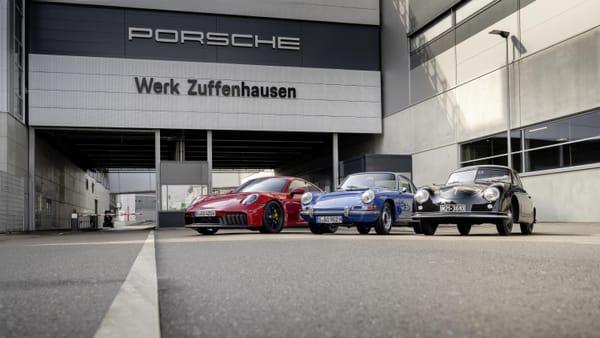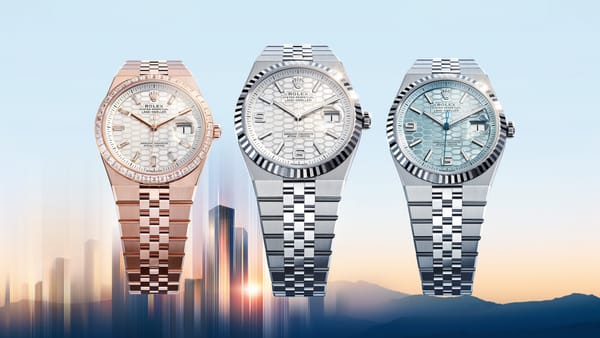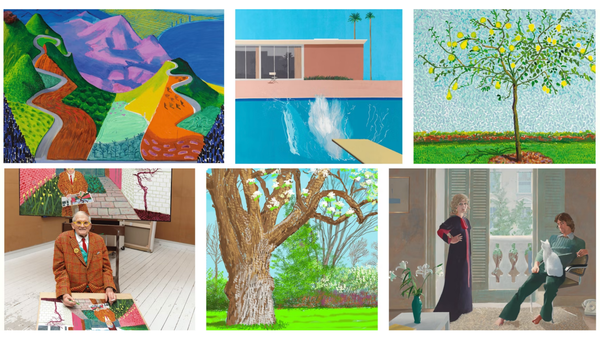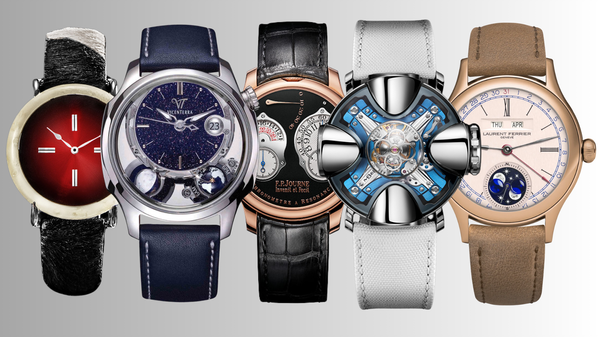All You Need to Know About The Rake's Progress Opera
The Rake’s Progress by Igor Stravinsky is a neoclassical opera based on William Hogarth's engravings. It tells the story of Tom Rakewell, who, guided by the devilish Nick Shadow, falls from fortune into madness. Through themes of temptation, morality, and love, the opera serves as a cautionary tale.

What themes are explored in The Rake’s Progress?
The opera explores several profound themes:
- Moral downfall: Tom's journey reflects the consequences of abandoning virtue for a life of excess and self-indulgence.
- Temptation and the Faustian bargain: Nick Shadow’s role as the tempter aligns with the Faustian myth, where a man sells his soul for worldly pleasure.
- Love and loyalty: Anne Trulove’s unwavering commitment to Tom, even after he betrays her, highlights the redemptive power of love.
- Sanity and madness: The opera ends with Tom losing his mind, reflecting the psychological toll of his reckless choices.
- The clash between good and evil: Anne and Nick Shadow represent opposing moral forces in Tom's life, with Tom caught between their influences.
How does Tom Rakewell’s journey end?
Tom’s journey ends tragically in a mental institution. After losing his fortune, reputation, and dignity, he also loses his mind. In the final scene, Tom believes he is Adonis, waiting for his beloved Venus. In his delusion, he sings a haunting aria about his love and dreams of glory. Anne comes to visit him one last time, comforting him in his madness. Despite his downfall, the opera ends on a note of tenderness, as Anne's love transcends his tragic fate.
What are the key musical features of The Rake’s Progress?
The opera features traditional operatic elements such as arias, duets, ensembles, and choruses, modelled after 18th-century opera. Key features include:
- Arias: Characters express their emotions and thoughts in set-piece arias, such as Anne’s "No word from Tom," which expresses her longing for Tom’s return.
- Recitatives: The opera features harpsichord-accompanied recitatives, a direct reference to baroque opera. These recitatives drive the plot forward.
- Choral sections: The chorus often provides commentary on the action, heightening the drama or underscoring the moral lessons.
- Modern harmonies: Despite the neoclassical structure, Stravinsky’s use of dissonance and unconventional harmonies gives the opera a modern edge.
What is the structure of The Rake’s Progress?
The Rake’s Progress is divided into three acts, each containing multiple scenes. The opera follows a clear dramatic arc:
- Act I introduces Tom and Anne and sets up Tom’s inheritance and decision to move to London.
- Act II depicts Tom’s moral and financial decline, including his impulsive marriage to Baba the Turk and his misguided business ventures.
- Act III brings Tom’s ultimate downfall, including his loss of sanity and his final moments in the madhouse. Each act is structured with arias, recitatives, and ensemble pieces, reflecting the formal design of classical opera.
Where and when did The Rake’s Progress premiere?
The Rake’s Progress had its world premiere at La Fenice Opera House in Venice, Italy, on September 11, 1951. The opera’s first performance was met with great anticipation, as it marked Stravinsky’s return to large-scale opera after many years. The premiere was successful, establishing the opera as a significant work in the 20th-century operatic repertoire.
What artistic movement is The Rake’s Progress associated with?
The opera is a landmark of neoclassicism, an artistic movement that emerged in the early 20th century. Neoclassicism sought to revive the clarity, order, and simplicity of classical art and music, often as a reaction to the excesses of Romanticism. Stravinsky’s neoclassical phase, during which he composed The Rake’s Progress, drew heavily on the forms and techniques of 18th-century composers like Mozart while incorporating modern harmonies and rhythms. The opera’s blend of historical and contemporary elements makes it a quintessential example of neoclassicism in music.
What is the role of the harpsichord in The Rake’s Progress?
The harpsichord plays a prominent role in the opera, particularly in the recitatives, where it accompanies the singers and drives the narrative forward. This is a deliberate nod to baroque and classical operas, where the harpsichord was commonly used in this manner. Stravinsky’s choice to include the harpsichord adds an air of antiquity to the music, aligning the opera with the 18th-century traditions that inspired it. At the same time, its use is slightly ironic, reflecting the opera’s blend of classical form and modern sensibility.
How is the concept of fate treated in The Rake’s Progress?
Fate plays a central role in the opera, with Tom’s downfall seeming inevitable from the moment he chooses to follow Nick Shadow to London. The opera can be interpreted as a cautionary tale about the dangers of giving in to temptation and rejecting personal responsibility. Tom’s fate is sealed by his own choices—he repeatedly opts for easy pleasures over meaningful commitments, and his descent into madness is a direct consequence of his moral failings. The concept of fate in the opera aligns with the traditional moral tale of a rake’s inevitable ruin, as seen in Hogarth’s engravings.
How does Anne Trulove try to save Tom?
Anne remains the embodiment of loyalty and virtue throughout the opera. When Tom inherits his fortune and leaves her for London, Anne stays behind, but her love for him never diminishes. She follows him to London when she realises he is in trouble, arriving just as Tom is about to lose his soul in a game of cards with Nick Shadow. Although she cannot stop Tom’s downward spiral, Anne’s devotion provides him with a final moment of peace and clarity in the madhouse. Her love is the moral counterbalance to Nick Shadow’s temptations.
What is the significance of the card game between Tom and Nick Shadow?
The card game between Tom and Nick Shadow in Act III is a pivotal moment in the opera. It is a classic Faustian motif, where Tom is gambling not just for his money but for his soul. Nick proposes a game of chance, promising that if Tom wins, he will keep his soul, but if he loses, Nick will claim it. Tom miraculously wins the game, but his victory is hollow, as Nick’s parting curse condemns him to madness. The scene underscores the themes of fate, temptation, and the fragility of human will.
What happens to Nick Shadow at the end of the opera?
At the end of the opera, after Tom wins the card game, Nick Shadow reveals his true identity as a demonic figure or the Devil. Despite Tom’s victory, Nick curses him to insanity as punishment for his reckless life. Nick then vanishes from the stage, leaving Tom to suffer the consequences of his choices. In the final scene, Tom’s madness manifests in his delusion that he is Adonis, waiting for his love, Venus. Nick’s role as the tempter and punisher underscore the opera’s moral lesson about the dangers of vice and irresponsibility.
What moral message does The Rake’s Progress convey?
At its core, The Rake’s Progress is a moral allegory. The opera warns against the dangers of succumbing to temptation and abandoning moral values in pursuit of pleasure and material wealth. Tom’s journey from inheritance to madness serves as a cautionary tale about the consequences of reckless behaviour and the seduction of vice. The opera also explores the redemptive power of love and loyalty through Anne’s character, suggesting that even in the face of moral failure, forgiveness and compassion can offer some solace.
How is The Rake’s Progress received today?
The Rake's Progress is considered one of Stravinsky’s masterpieces and remains a significant work in the operatic repertoire. Its blend of neoclassical music, witty and poetic libretto, and moral themes continues to resonate with contemporary audiences. The opera’s exploration of timeless issues like temptation, love, and moral downfall gives it lasting relevance. While some early performances received mixed reviews due to the opera’s eclectic style, it is now widely regarded as one of the most important operas of the 20th century. It is regularly performed at major opera houses around the world.





